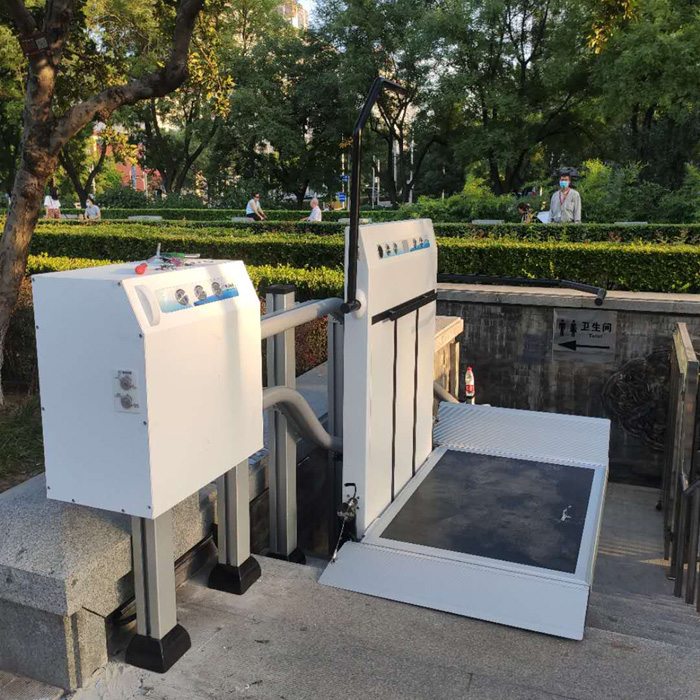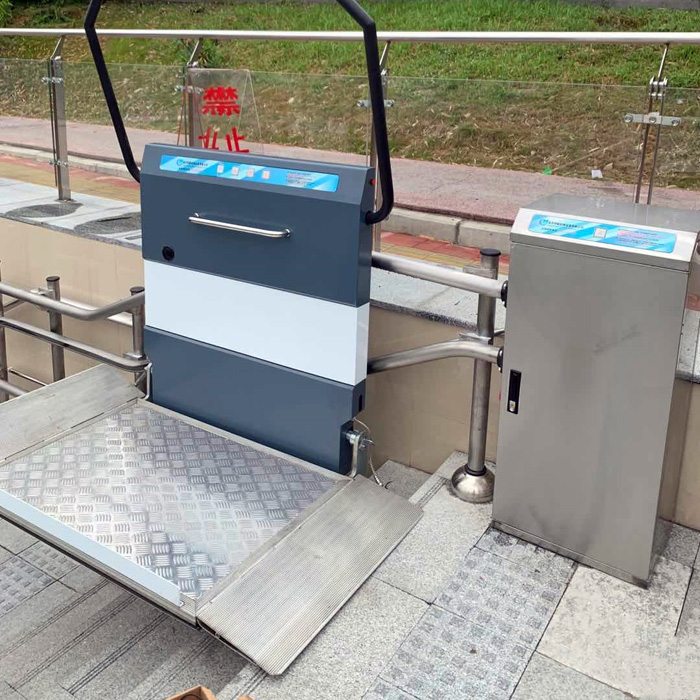
Disabled lifts, often referred to as accessibility lifts, are transformative tools that bridge physical barriers, enabling people with mobility challenges to move freely across different levels of buildings. Unlike standard elevators, which may not always cater to specific accessibility needs, these lifts are designed with intentional features to support users with disabilities—whether they use wheelchairs, walkers, or require assistance with standing. Their role extends beyond mere functionality; they are a key component of creating inclusive spaces, ensuring everyone can access homes, offices, public facilities, and community areas with dignity.
One of the most significant aspects of disabled lifts is their diversity in design, each tailored to different environments and user needs. Platform lifts are a common choice for both indoor and outdoor settings, such as residential homes, schools, or shopping centers. They feature a stable, flat platform that accommodates wheelchairs or mobility aids, with low entry thresholds to minimize tripping risks. Many platform lifts are compact, making them suitable for spaces where traditional elevators would be impractical, such as narrow hallways or small storefronts. In contrast, stairlifts (a type of disabled lift focused on staircases) are ideal for multi-level homes or buildings with existing stairwells. These lifts attach to stair rails, carrying users seated on a padded chair or standing on a small platform, and operate at slow, steady speeds to ensure comfort.
Safety is a non-negotiable priority in disabled lift design, with features that address the unique needs of users with mobility limitations. Most models include emergency stop buttons that are easy to reach, even for those with limited dexterity, and backup power systems to ensure operation during power outages—critical for avoiding entrapment. Anti-slip surfaces on platforms and seats prevent accidents, while sensors detect obstacles in the lift’s path, automatically pausing movement to avoid collisions. For users who require assistance, many lifts also have remote controls or intercom systems, allowing caregivers to operate the lift or communicate with the user if needed. These safety measures not only protect users but also provide peace of mind for both individuals and their support networks.

The adaptability of disabled lifts to different scenarios further highlights their value. In residential settings, small platform lifts can be installed in homes to connect ground floors with basements or upper levels, eliminating the need for costly home renovations like wheelchair ramps. In public spaces, such as libraries, hospitals, or train stations, larger platform lifts often include features like wide doors and adjustable height settings to accommodate various wheelchair sizes. Some lifts are even designed for outdoor use, with weather-resistant materials that withstand rain, snow, and extreme temperatures—ensuring accessibility in parking lots, gardens, or outdoor event venues. This versatility means disabled lifts can be integrated into nearly any space, making inclusivity achievable regardless of a building’s layout.
Technological advancements have also enhanced the functionality and user experience of disabled lifts in recent years. Modern models often include user-friendly interfaces, such as touchscreens with large, easy-to-read buttons or voice command options for those with visual impairments. Smart lift systems can even connect to mobile apps, allowing users to schedule lift use or receive maintenance alerts remotely. Additionally, eco-friendly designs have emerged, with energy-efficient motors that reduce power consumption without compromising performance—aligning accessibility solutions with sustainability goals. These innovations not only improve usability but also reflect a commitment to making accessibility tools more intuitive and forward-thinking.
Beyond their practical benefits, disabled lifts play a vital role in promoting social inclusion. By removing physical barriers, they enable people with disabilities to participate more fully in daily life—whether that means attending a class at a university, working in an office, or visiting a friend’s home. In public spaces, accessible lifts send a message that everyone’s needs matter, fostering a more welcoming community. For individuals with mobility challenges, the ability to move independently can boost confidence, reduce reliance on others, and enhance overall quality of life.
